7 Ways To Get Rid Of Belly Button Piercing Scar
Discover quick and easy ways to keep your navel healthy, smooth, and scar-free.

Image: Shutterstock
Imagine wanting to rock that new bikini for that much-awaited beach vacation, but getting stopped in your tracks due to your belly button piercing scar. Dealing with piercing scars can be frustrating. However, don’t feel disappointed. With the right approach, you can easily reduce the visibility of an existing scar and even prevent it from developing. In this article, we will explore natural ways and medical treatments to fade belly button piercing scars, understand what they look like, and preventive measures to take. Scroll down to know more.
In This Article
Does A Belly Button Piercing Leave A Scar?

The answer is yes. Belly button piercings can cause scarring due to the following factors:
- Infection – Improper aftercare can increase the risk of developing an infection. This may prolong the healing process, leaving one with a scar (1).
- Trauma – The jewelry snagging on your clothes or bed sheets during the healing process can cause the skin to tear, resulting in a scar (2). Additionally, as belly piercings generally use a large 14 gauge to limit rejection and migration, even a normal belly piercing will leave a long-term visible hole when removed.
Following proper aftercare practices and taking infection prevention measures play a vital role in minimizing the risk of scarring. Seeking professional advice and guidance during the healing process may help promote optimal healing.
You may notice different types of skin changes in and around the belly button piercing, including minor discoloration and raised scar tissues. Check out the section below to learn more about the skin changes and what belly button scars may look like.
Key Takeaways
- Belly button piercings may lead to scarring due to factors such as trauma and infection.
- Treatment options such as silicone gel sheets and vitamin E oil may help improve the appearance of the scar.
- Regularly cleaning the piercing and avoiding high-intensity sports may help prevent the risk of scarring.
What Do Belly Button Piercing Scars Look Like?
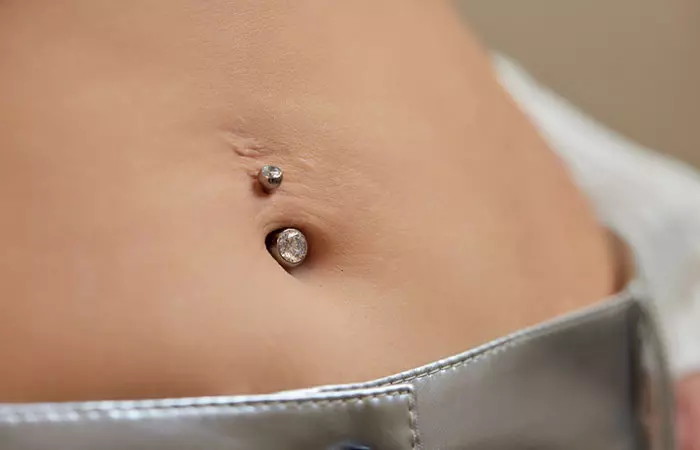
You may notice the following issues on the skin around the piercing site:
- Discoloration: Sometimes a scar may result in excess melanin production. This may cause dark patches or discoloration around the piercing site (3).
- Keloid Scars: These are raised, thick scars that may extend beyond the original piercing site. They can be red, pink, or purple and may itch or feel tender (4).
- Hypertrophic Piercing Scars: They are raised patches of skin that typically remain within the boundaries of the piercing site (4).
Learning about the different types of scars will help you understand their healing time. Check out the next section to know more.
How Long Do Belly Button Piercing Scars Take To Heal?
The healing time for a belly button piercing scar varies depending on factors such as the complexity of the piercing and how well the piercing was cared for during the healing process. The healing time will also vary depending on the type of scars. For instance, hypertrophic scars do not extend beyond the piercing site and tend to flatten over time, which can take between 6 months to several years, without any further symptoms (5). On the other hand, keloids may take anywhere between 3 months to 12 months to appear, after which they may stop. Since keloids do not go away on their own, your doctor may suggest surgery or a laser to improve their appearance (5), (6).
Another factor that plays a key role in the healing process is the individual’s immunity. Those with a weak immune system or a dysregulated immune response may experience a delay in the healing process (7).
Following proper piercing aftercare instructions such as keeping the area clean and avoiding irritation can promote faster healing and reduce the visibility of the scar (8). However, it’s essential to be patient and consistent with aftercare routines to allow the body enough time to heal naturally.
If you are looking for quick and effective ways to speed up the healing process and improve the appearance of your belly button scar, scroll down to the next section to find out.
7 Effective Ways To Get Rid Of Belly Button Piercing Scars
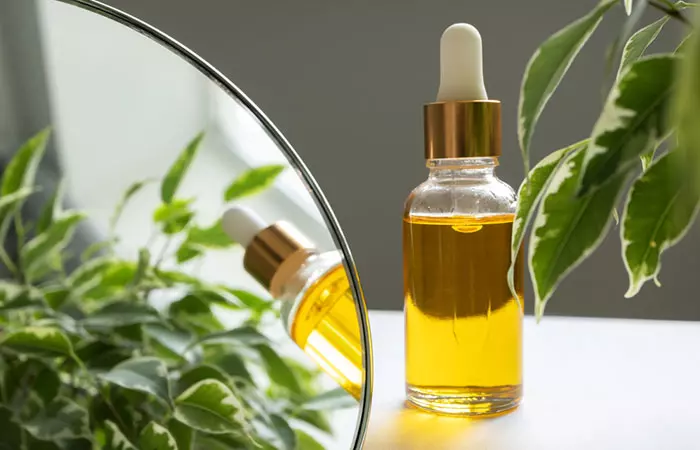
Neglect or trauma during the healing process can leave one with a belly button piercing scar. Here is how you can improve the appearance of this body piercing scar:
- Silicone Gel Sheets: Applying silicone gel regularly may hydrate the scar and reduce collagen deposition. This may help flatten and reduce the appearance of piercing scars over time (9). You can purchase this silicone dressing from a local or online pharmacy.
- Vitamin E Oil: It may aid in wound healing and promote skin regeneration that may help fade the scar (10). Massage vitamin E oil or creams containing vitamin E extract onto the scarred area 1 or 2 times per day.
- Onion Extract Cream: The flavonoids present in onion extract may boost collagen production, which may help reduce the appearance of scars (11). Apply this cream regularly to diminish your belly button piercing scar.
- Aloe Vera Gel: Applying aloe vera gel twice or thrice a day may reduce inflammation, regenerate new skin, and decrease and improve the appearance of the scar (12), (13).
- Laser Therapy: Non-ablative laser treatment may help target and break down the overgrowths of scar tissue (fibrous tissue) and boost collagen production, promoting a smoother skin texture. This treatment is especially effective for hypertrophic and keloid scars (14).
- Microdermabrasion: This procedure gently buffs away surface layers of skin to reveal fresher, smoother skin underneath. This may help reduce the appearance of your belly button scar (15).
- Surgical Revision: In severe cases, your dermatologist may suggest this minor surgery that involves removing scar tissue to improve the appearance of piercing scars (16).
 Pro Tip
Pro TipWhile the treatments above may help fade the scar, you can check out the section below for some effective tips to prevent belly button scarring in the first place.
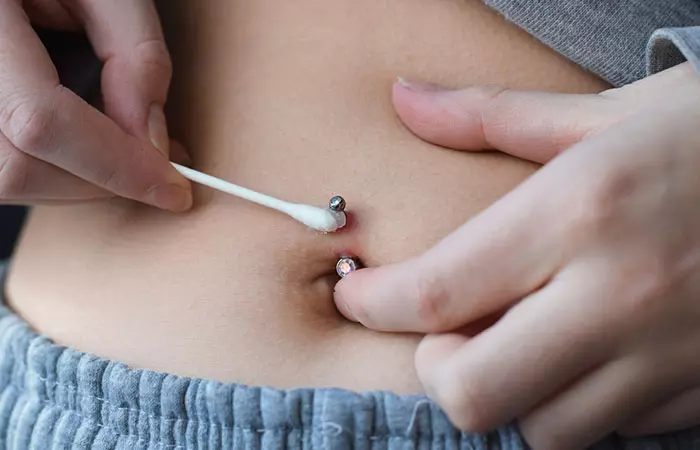
They say prevention is better than cure. With that said, following the tips given below can help reduce the risk of developing this scar (8), (17):
- Avoid touching the piercing or playing with the jewelry to prevent irritation and potential scarring.
- Choose high-quality jewelry materials like titanium, surgical steel, or solid gold to minimize the risk of allergic reactions and complications.
- Wear loose-fitting clothing to prevent friction and irritation around the piercing site.
- Avoid exposing the piercing to cosmetic and personal care products with harsh chemicals, such as alcohol and hydrogen peroxide, as that could irritate the skin and slow down healing.
- Consume a balanced diet and ensure proper hydration to support the body’s natural healing process and reduce the risk of scarring (18), (19).
 Pro Tip
Pro TipDiligently following the aftercare and hygiene practices recommended by your piercer can help prevent infections and reduce the risk of scarring. Find out more about it in the next section.
How Can I Prevent Infections That Lead To Scarring?
Improper aftercare or hygiene practices can increase the risk of infection and lead to scarring. Here are some simple tips to decrease this possibility (8):
- Keep the piercing site clean and dry at all times.
- Avoid submerging the piercing in bodies of water, such as pools, hot tubs, or lakes.
- Use a saline solution or mild soap recommended by your piercer to clean the piercing twice daily to remove all debris and bacteria from the area.
- Choose a piercing studio with high hygiene and professional standards to minimize the risk of infections.
- Avoid high-intensity sports and activities during the healing period as exposure to sweat and dirt may infect the piercing site.
Wearing the right jewelry reduces the risk of getting a belly button piercing scar. Scroll down to learn about what jewelry type is the most ideal and how it contributes to preventing infections and scarring.
Choosing The Right Jewelry For Belly Button Piercing
When selecting jewelry for a belly button piercing, opt for materials like titanium or surgical stainless steel that are less likely to cause allergic reactions. Choose smooth, rounded designs without any sharp ends to minimize irritation and promote healing. Avoid heavy or dangling pieces, as they may increase the risk of infection and scarring.
Taking proper care of the fresh piercing is crucial for scar management. While it’s impossible to remove a belly button piercing scar completely, you can always improve its appearance. Using silicone gel sheets, vitamin E oil, aloe vera gel, etc. may help to diminish its appearance to a great extent. Some scars may also require medical intervention and treatments such as laser therapy, microdermabrasion, and surgical removal. If you are looking to avoid the development of scars, the first question that arises is how to take care of a belly button piercing. The answer lies in proper aftercare and healing techniques suitable for belly button piercing. However, always consult a doctor or a piercing professional to determine a solution depending on your needs. So, don’t be discouraged. With the right approach, you can easily achieve smoother skin and embrace your belly button piercing with confidence.
Infographic: Easy Ways To Treat Belly Piercing Scars
Proper aftercare of belly piercing is important to reduce the risk of infection and scarring. However, if you have already developed scarring, there are ways to treat the scars and minimize their appearance. The following infographic summarizes both natural methods and medical options you may consider. Take a look.
Some thing wrong with infographic shortcode. please verify shortcode syntaxFrequently Asked Questions
Can pregnancy affect a belly button piercing scar?
Yes, pregnancy causes the abdominal skin around the belly button to stretch. This pressure can lead to stretch marks and make your piercing scar more visible. You may consult your doctor or a professional piercer to get the piercing taken out to reduce the probability of scarring.
Should I be concerned if my scar changes color?
Your scar may appear red or purple-red in the earlier stages of healing. But as it starts to heal, it will become flatter and almost resemble your skin color. However, if the scar continues to remain red and is accompanied by other symptoms like pain or discharge, consult a healthcare professional immediately.
Why is my belly button scar itchy?
Your belly button scar may itch during the healing period, which is normal (4). Other factors such as dryness or an allergic reaction may cause itchiness, which may require evaluation and medical intervention by a healthcare provider.
Can I get my belly button repierced over the scar tissue?
This can only be determined after consulting your piercer. They may recommend getting it repierced in a nearby area or re-piercing it once the scar tissue has healed to ensure proper healing and reduce the risk of complications.
Is it possible to completely remove a belly button piercing scar?
No, treatments such as laser treatment and natural remedies such as aloe vera may help improve its appearance but may not remove it completely.
A belly button piercing scar can prevent you from sporting that favorite bikini on a vacation. But fret not. Watch the video below to learn how to reduce its appearance with this popular treatment.
References
Articles on StyleCraze are backed by verified information from peer-reviewed and academic research papers, reputed organizations, research institutions, and medical associations to ensure accuracy and relevance. Read our editorial policy to learn more.
- PREVENTION AND TREATMENT OF EXCESSIVE DERMAL SCARRING
https://www.ncbi.nlm.nih.gov/pmc/articles/PMC2594768/pdf/jnma00301-0110.pdf - Complications and Hazards Associated with Body Piercing: A Narrative Review
https://www.researchgate.net/publication/375266717_Complications_and_Hazards_Associated_with_Body_Piercing_A_Narrative_Review - Abnormal pigmentation within cutaneous scars: A complication of wound healing
https://www.ncbi.nlm.nih.gov/pmc/articles/PMC3495392/ - Piercings in medical students and their effects on the skin*
https://www.scielo.br/j/abd/a/L9dkr7NyXcC4xrnG8bt5zmm/?lang=en&format=pdf - Hypertrophic Scarring and Keloids: Pathomechanisms and Current and Emerging Treatment Strategie
https://molmed.biomedcentral.com/articles/10.2119/molmed.2009.00153 - Management of keloids and hypertrophic scars: Current and emerging options
https://www.researchgate.net/publication/236603951_Management_of_keloids_and_hypertrophic_scars_Current_and_emerging_options - Immunology of Acute and Chronic Wound Healing
https://www.mdpi.com/2218-273X/11/5/700 - SUGGESTED AFTERCARE FOR BODY PIERCINGS
https://safepiercing.org/aftercare/ - Topical Silicone Sheet Application in the Treatment of Hypertrophic Scars and Keloids
https://www.ncbi.nlm.nih.gov/pmc/articles/PMC5104309/ - The Role of Topical Vitamin E in Scar Management: A Systematic Review
https://academic.oup.com/asj/article/36/8/959/2613951 - Onion Extract
https://www.ncbi.nlm.nih.gov/books/NBK586084/ - The Effect of Aloe Vera Clinical Trials on Prevention and Healing of Skin Wound: A Systematic Review
https://www.ncbi.nlm.nih.gov/pmc/articles/PMC6330525/ - Topical Application of Aloe vera Accelerated Wound Healing, Modeling, and Remodeling: An Experimental Study
https://pubmed.ncbi.nlm.nih.gov/25003428/ - Laser Revision of Scars
https://www.ncbi.nlm.nih.gov/books/NBK539686/ - Microdermabrasion
https://www.ncbi.nlm.nih.gov/books/NBK535383/ - Scar Revision
https://www.ncbi.nlm.nih.gov/books/NBK542318/ - JEWELRY FOR INITIAL PIERCINGS
https://safepiercing.org/jewelry-for-initial-piercings/ - The importance of hydration in wound healing: Reinvigorating the clinical perspective
https://www.researchgate.net/publication/297656238_The_importance_of_hydration_in_wound_healing_Reinvigorating_the_clinical_perspective - Nutritional Support for Wound Healing
https://www.researchgate.net/publication/8977467_Nutritional_Support_for_Wound_Healing - Scars and environmental factors: Results from a real-life study
https://onlinelibrary.wiley.com/doi/10.1002/jvc2.112
Read full bio of Eve Phillips
Read full bio of Sangita Goel
Read full bio of Eshna Das
Read full bio of Shreya Mukherjee






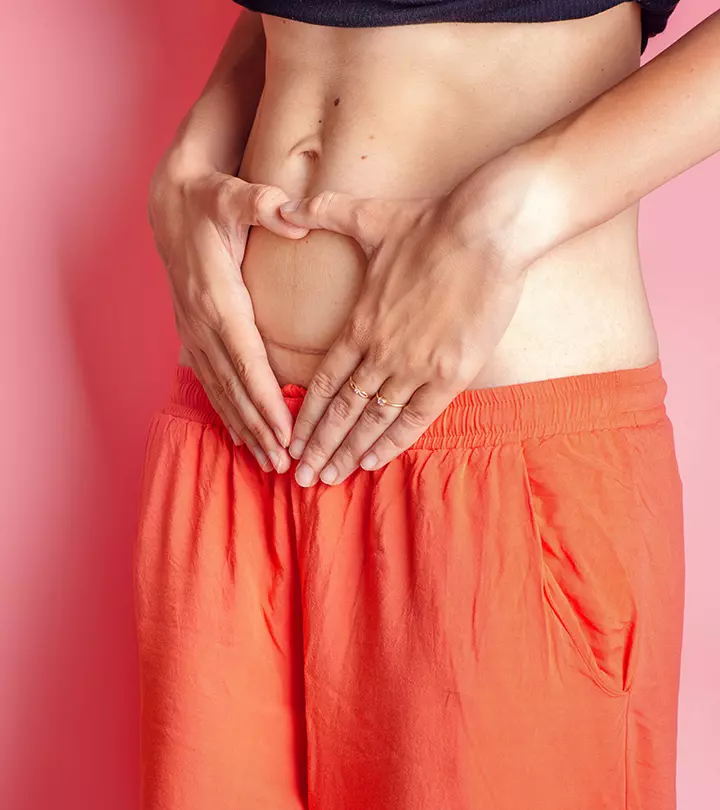
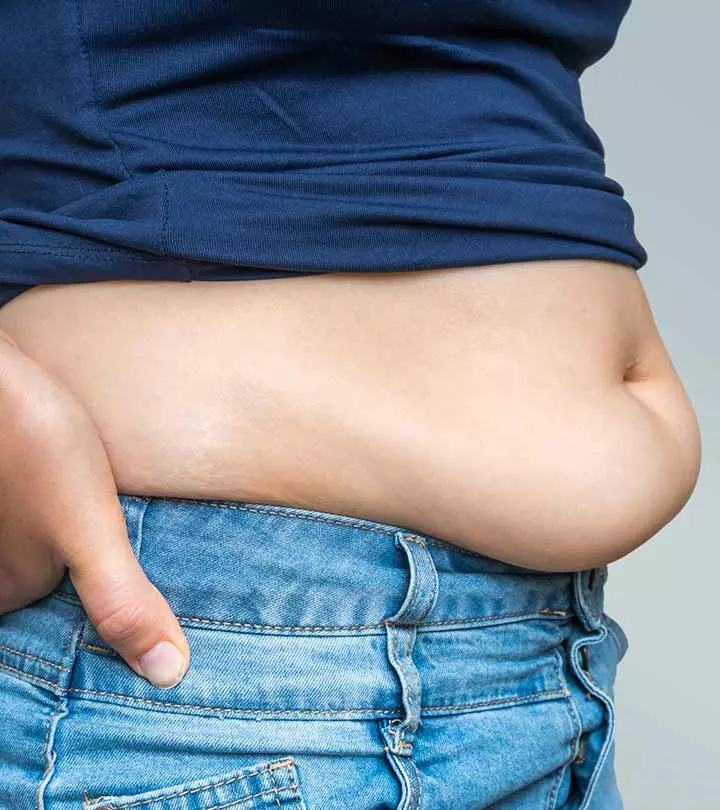



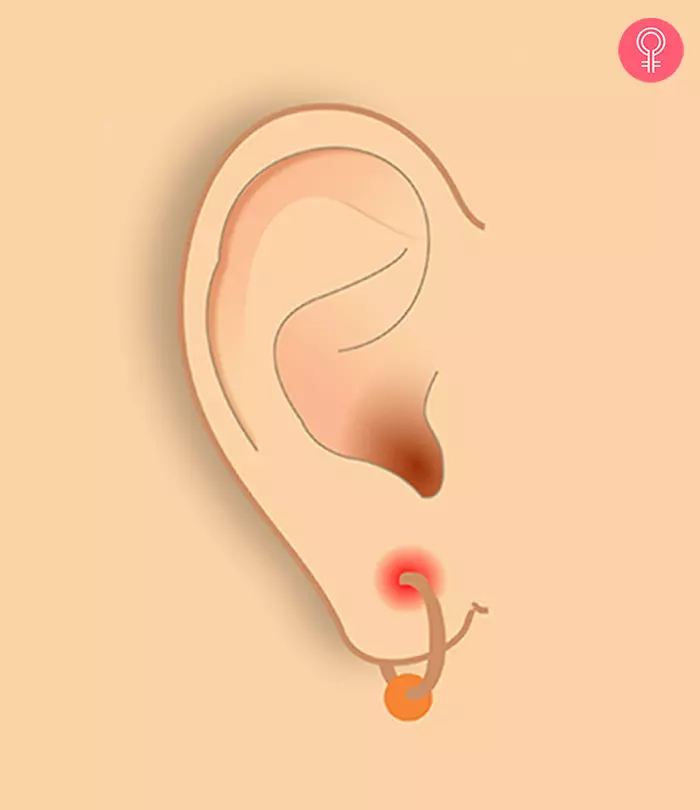
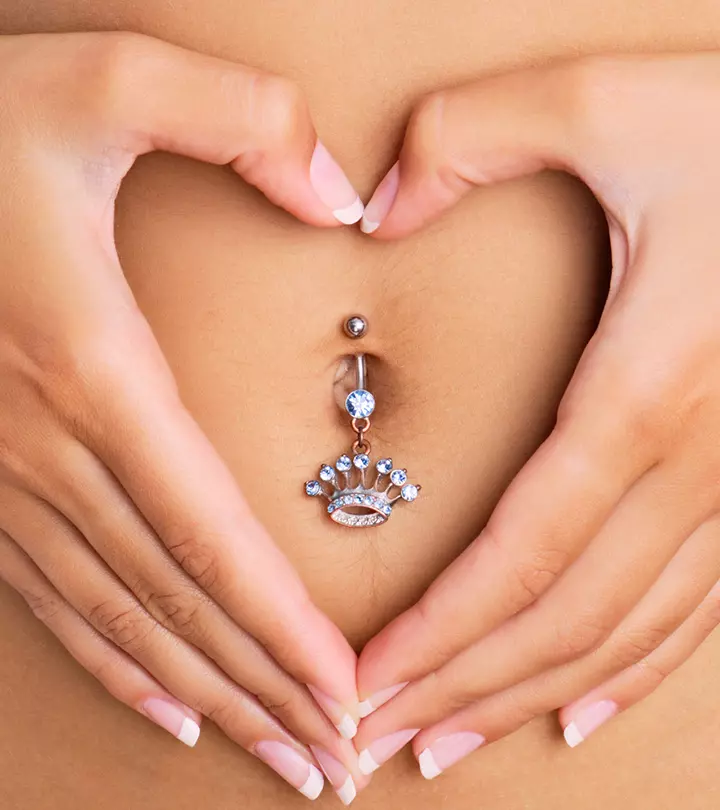
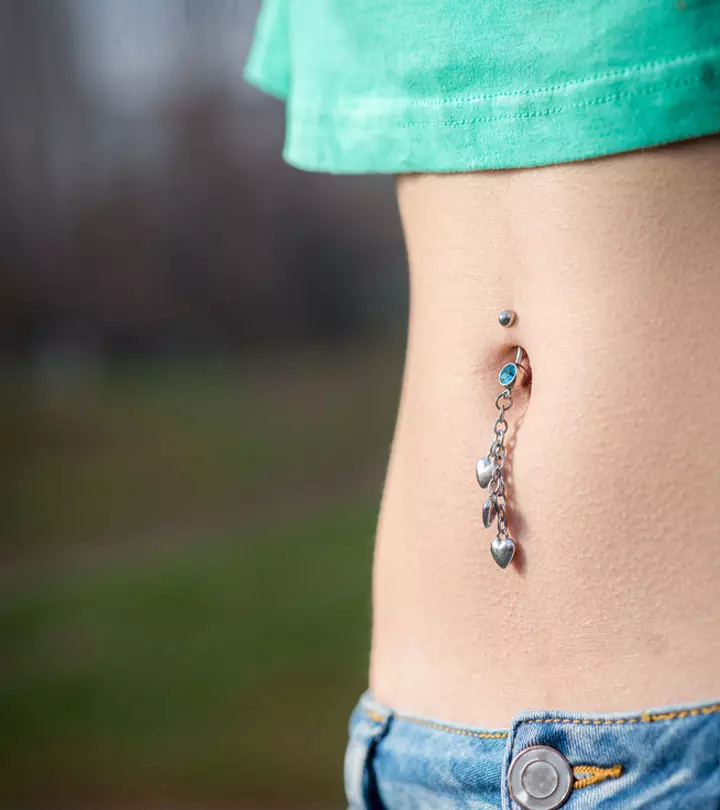
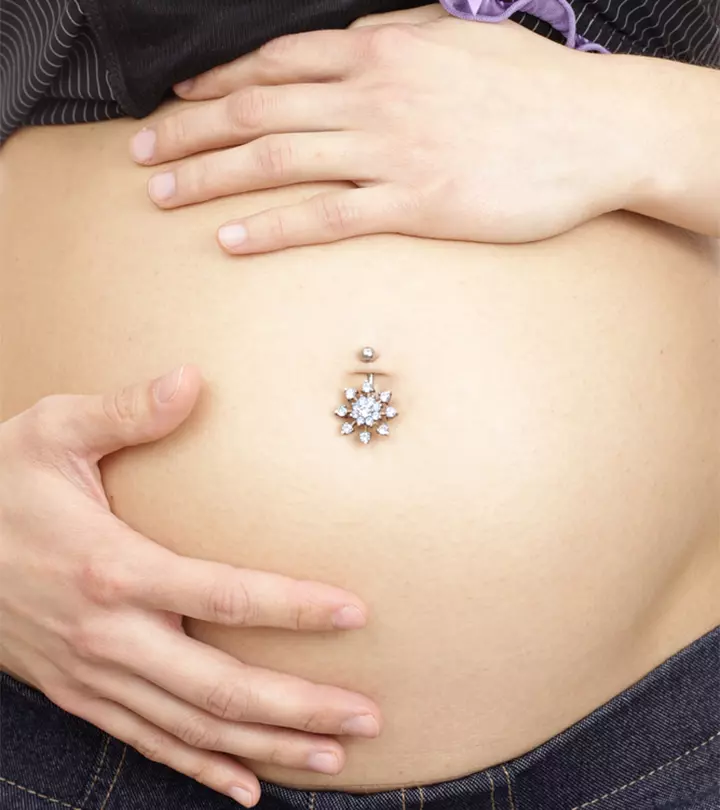
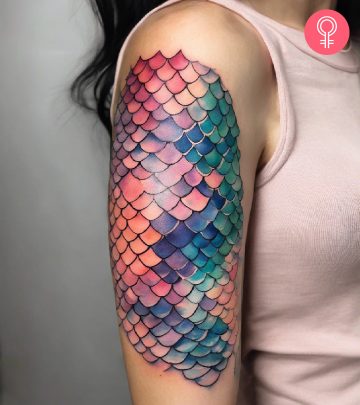
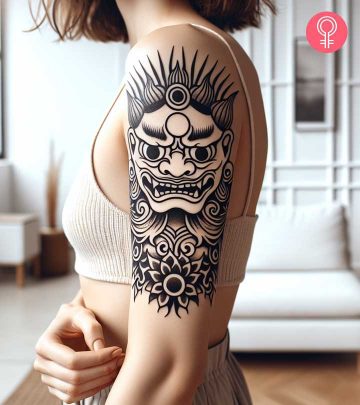
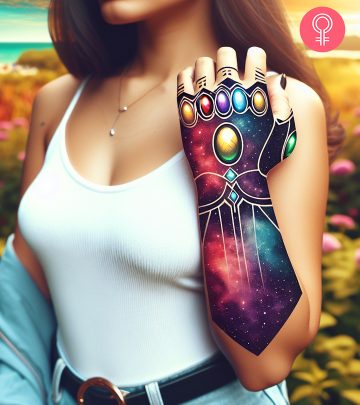

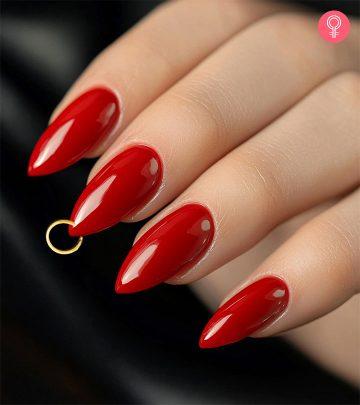
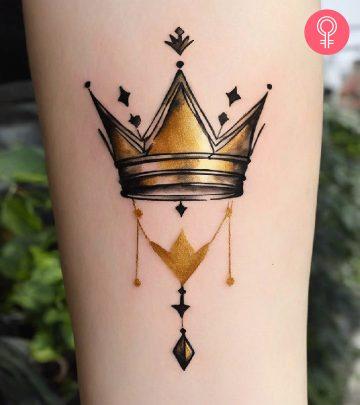

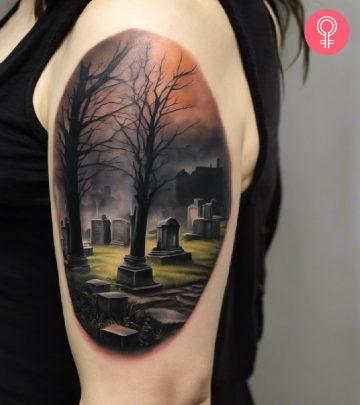




Community Experiences
Join the conversation and become a part of our empowering community! Share your stories, experiences, and insights to connect with other beauty, lifestyle, and health enthusiasts.